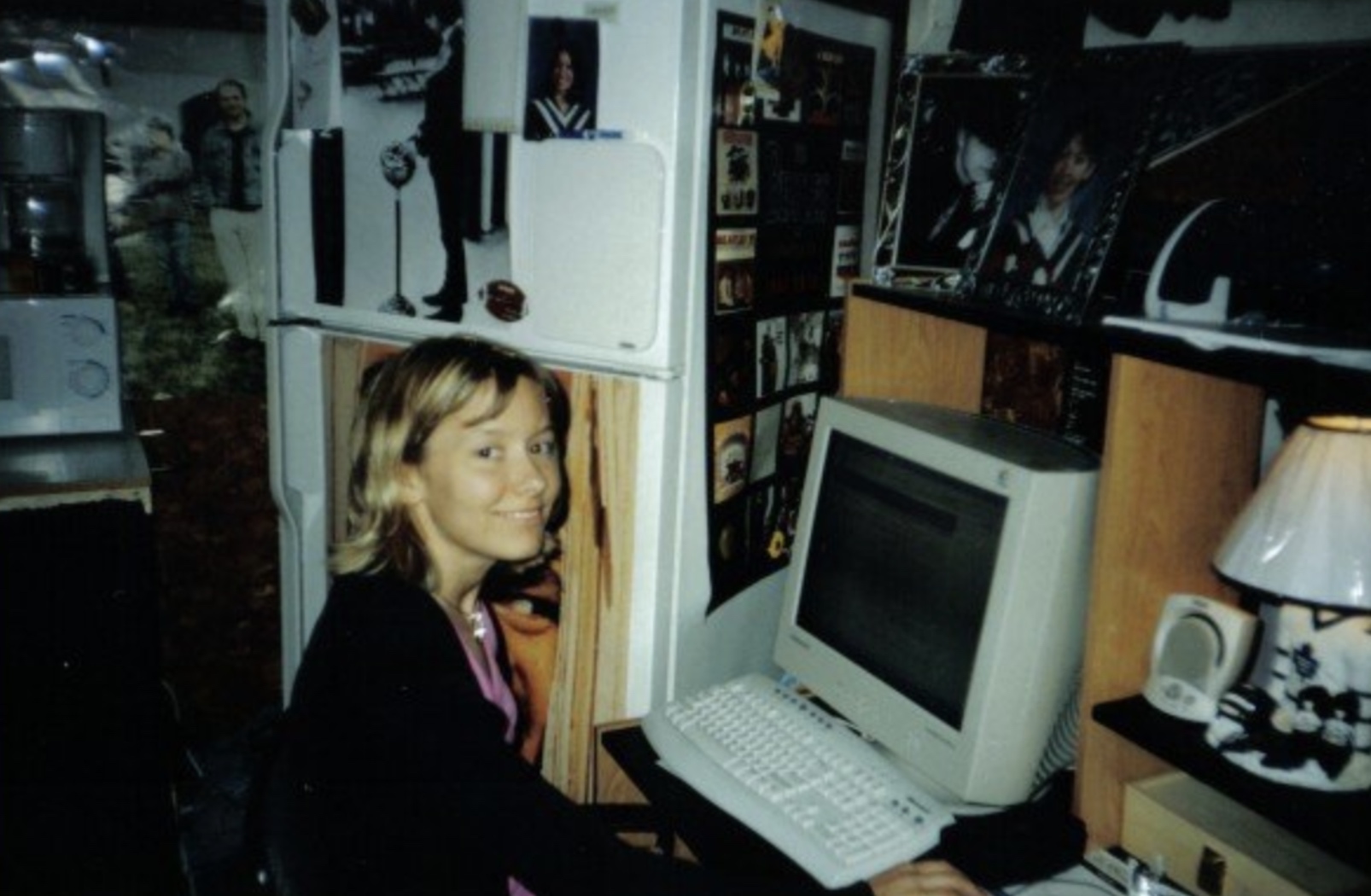
Articles
Automate This One Thing To Avoid Repeating Yourself To Every New Hire
September 18, 2019

Your onboarding process can set the tone for your new hires’ entire experience working with your company. However, if you’re scaling rapidly, having to commit time, energy, and resources to every new employee orientation can be taxing. This is where automation can save the day, allowing you to leverage what you’ve learned from previous rounds of hiring to streamline your onboarding process and increase employee retention.
Frequently asked questions during onboarding
Your newest hires can be as dependable as clockwork when it comes to the questions they are burning to ask. These include (but may not be limited to):
What will my schedule be?
Unless you have extremely limited hours of operation, your newest team members will be hoping for schedules to be hammered out as soon as possible. They need to know when they go onstart their day and when they go offend it, what their break schedules are, and if or when they might be expected to work overtime or weekends. They need all of this information so they can make sure their transportation, childcare, and / or other responsibilities are all taken care of appropriately.
What about payroll, insurance, PTO and sick leave?
Other HR related issues will also be at the top of the list for your new employees when it comes to orientation Q&A time. They’ll want to know how and when they can expect to get paid, if they qualify for medical, dental, and vision, and what kind of time off they can expect to get when working at your organization.
What is the dress code after new employee orientation?
Your new employees will want to dress appropriately, but also as comfortably as possible. Questions about attire, shoes, hair length and style, tattoos, piercings and more may need to be answered. Does your company have casual Friday? What about weekends --will there be a relaxed dress code then, or when working after business hours?
What is the preferred mode of communication?
Freshly hired employees will want to know what the expectations are for communication. You might want to ask everyone to participate in a company wide Slack channel, or be available by text. Maybe you’ll be sending out important announcements via email. They’ll want to know if they should be keeping their ringer on or staying logged in to a chat system.
What is the chain of command?
Who they report to directly will be another big question, but not the only one related to channels of authority. Some of your employees may have had less than stellar experiences in the past and could be wondering who they go to if they have an issue and can’t take it directly to a manager. Others may simply wonder if the same person they talk to about their benefits will be who is supposed to give them building access or create their card key.
What are the biggest dos and don’ts?
Finally, there are always things that get skipped in new employee orientation and these are the ones that new hires want answered the most. Maybe there isn’t a designated coffee runner, but instead an unspoken rule that the person who takes the last cup starts the next pot. In such a case, the latest team members can benefit from getting that information before they draw their co-workers’ ire.

Automating new employee orientation
There is one simple way you can take the repetitive, costly task of new employee orientation and turn it into one of your company's biggest advantages when it comes to your new hires. By automating your onboarding process, you achieve several goals at once:
Standardize orientation
Are you having issues due to various teams being onboarded by different individuals? With an automated system, everyone gets exactly the same information and you don’t end up with misunderstandings later. It also frees up your time to make each new employee’s first day memorable with a personal touch.
Streamline onboarding
Automated onboarding means you aren’t tied to a specific time, date, and location. You won’t have to wait for groups of employees to be ready to onboard if you automate it. You’ll also make it easier on new hires to get up to speed on their own terms with an automated system that provides flexibility and accommodates various learning speeds -- and allows employees who have “been there, done that” to avoid boring repetition.
Consolidate departmental needs
Onboarding is a stream of tasks that can involve various departments in your organization. You can make this easier by using a centralized system that takes your new hires through the various processes required by HR, security, and more. Each step completed leads naturally to the next in the chain until the new employee is ready to report for their first full day of work.
Trainual can help you turn new employee orientation into an automated process that delivers everything required for onboarding, and then some. You can add every piece of information your new recruits need and ensure they are fully prepared to begin their new career -- and avoid repeating yourself to every new hire.
Similar Blog Posts











